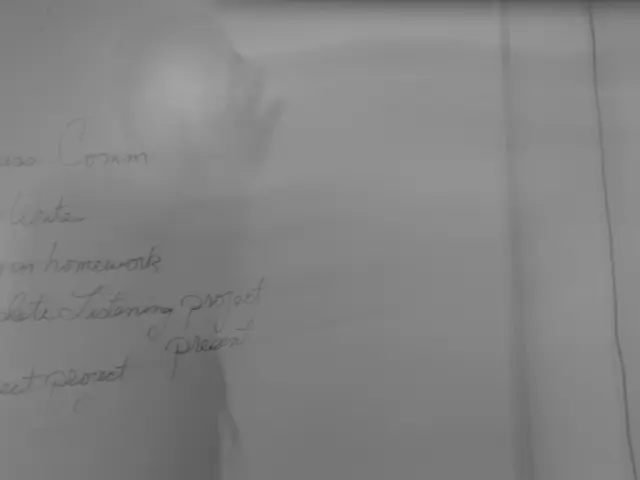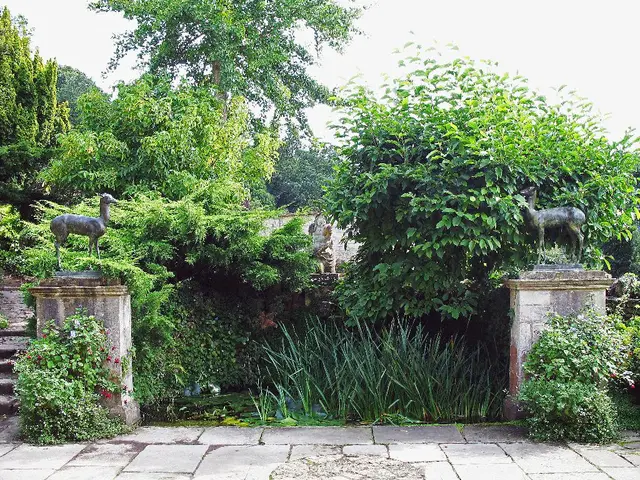"Polishing Floors Using Stripping and Waxing Techniques: Typical Mistakes to Avoid"
In the pursuit of shiny, long-lasting floors, following a systematic approach to strip-and-wax maintenance is key. Here's a step-by-step guide to achieving the desired results:
1. Preparation and Cleaning
Begin by thoroughly cleaning the floor to remove all dirt, dust, and old wax buildup. Sweep or vacuum with a soft brush attachment, then mop with a well-wrung damp mop using a recommended cleaner appropriate for your floor type. Avoid excessive water to prevent damage.
2. Stripping
Apply a specialized floor stripper product to break down and remove the existing wax or finish. Follow manufacturer instructions carefully. Allow the stripper to work, then scrub the floor with a floor machine or mop. Extract the residue and rinse the floor thoroughly with clean water to remove all stripper chemicals to prevent residues that could affect wax adhesion.
3. Drying
Let the floor dry completely before proceeding to waxing. This prevents trapping moisture under the new coating, which can degrade the finish.
4. Waxing
Use a high-quality floor wax or finish suited for your flooring material. Apply a thin, even coat using a mop or applicator pad, working in the direction of the floor grain or tiles for uniform coverage.
5. Buffing
Once the wax is dry, buff the floor with a buffing machine or a soft cloth to develop a smooth, glossy finish. Use light, sweeping motions to avoid burn marks and do not let the buffer stay in one place too long.
6. Maintenance
Polish and re-wax every 3-6 months in high-traffic areas or less frequently for lighter use to maintain shine and durability. Between waxing, daily dusting and spill cleanup with appropriate products prevent damage and dirt buildup.
Important Tips
- Avoid harmful products like oily soaps, paste wax, ammonia, lemon or citrus oils, or polishes containing acids or urethane, which can damage the finish and void warranties.
- Always use soft tools such as microfiber mops or vacuum brushes with soft wheels to prevent scratching.
- Ensure floors are well-ventilated when applying finishes due to fumes, and use personal protective gear as needed.
By following these steps with the right products and tools, you'll have floors that are both visually appealing and protected for a long time. Keep in mind that the ideal number of coats varies depending on the location, with commercial spaces requiring 4-6 thin coats and lighter-traffic areas requiring 3-4. In high-traffic paths, auto-scrub as needed. Forgetting to neutralize the floor after stripping can cause the finish to haze, powder, or fail to bond. Lastly, don't rush the strip or apply heavy coats of finish, as this can lead to scuffs, swirl marks, and premature wear.
Incorporating the given words, here are the sentences that fit neatly into the text:
After maintaining the shine and durability of your floors through regular polishing and re-waxing, consider beautifying your home by enhancing other aspects of your home-and-garden lifestyle, such as landscaping, interior design, or gardening activities. Aim for a balanced lifestyle that includes both home upkeep and personal relaxation, as a well-maintained home can contribute to a stress-free lifestyle.



